Best Ways to Prevent Mold Growth After Water Damage | Step by Step Guide
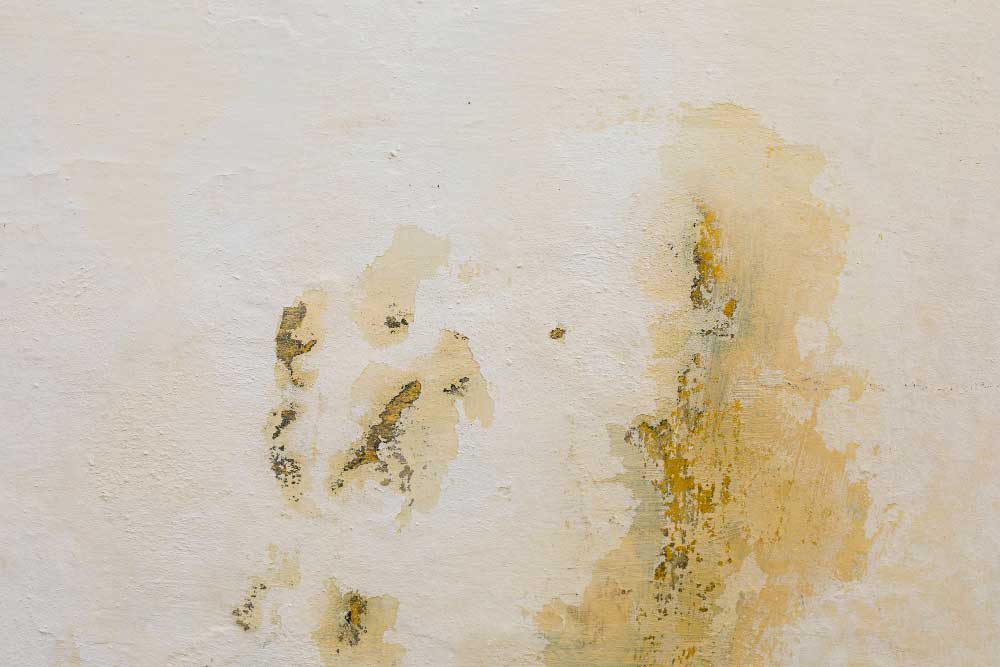
Leaky plumbing, burst pipes, aging water heaters, clogged gutters, or floods – water damage is no fun, and the subsequent mold is even worse. Want to get rid of those nasty little creatures? Read on to find eight ingenious and practical tips to prevent mold growth after water damage.
Mold growth is the worst consequence of water intrusion. Unchecked, it can turn from a temporary nuisance to a long-term nightmare in no time. It makes your house smell like a musty pit and damages your walls, ceiling, floors, and other items it grows on.
And the destruction does not stop here! Prolonged exposure to mold poses risks to the health of kids, the elderly, and immunocompromised people, leading to asthma, allergies, and respiratory infections.
Let’s look at our comprehensive guide to stopping mold growth after water damage.
Key Takeaways
- Mold is common after water damage as the damp environment catalyzes its growth.
- Remove excess water or moisture from the area to prevent mold growth.
- It can grow within 24 to 48 hours of water damage, so you better act quickly.
- Remove the moldy carpets, flooring, and furniture, and dispose of the things that can’t be cleaned.
- Scrub off with the disinfectant and dry the area thoroughly.
- Always wear proper protective clothing before dealing with molds.
What Is Mold? How Does It Grow?
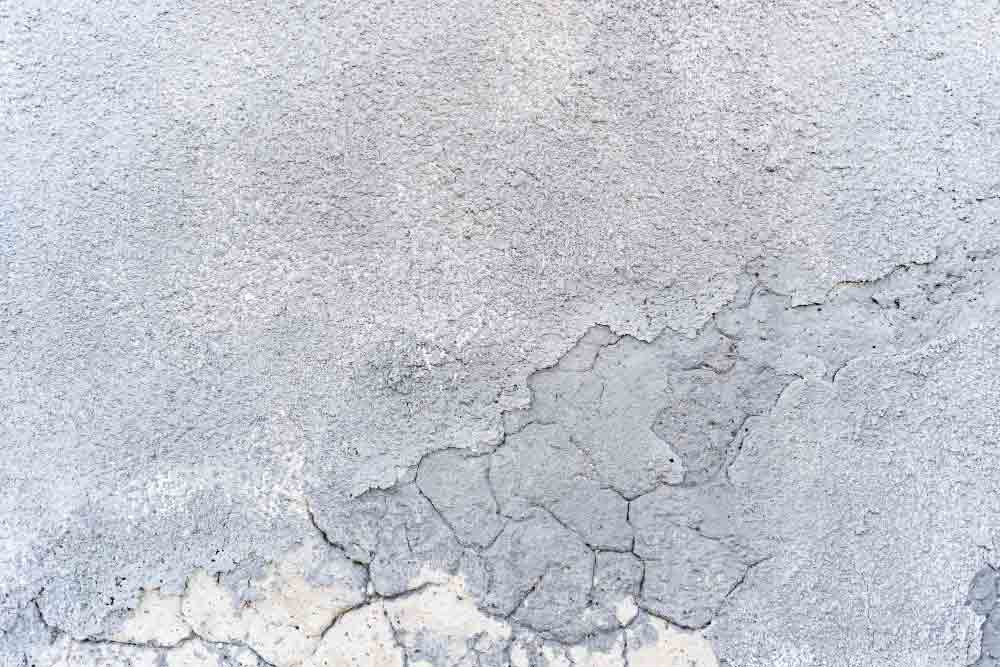
Mold is a type of fungus that grows both indoors and outdoors, especially when there is enough moisture. According to OSHA, it grows from tiny spores always present in the environment.
These spores continuously float through the air and start growing into visible colonies wherever they find moisture (water), oxygen, temperature between 41° and 104°, and organic substance. The oxygen and temperature requirements are met indoors, water damage brings in moisture, and organic substances can be obtained from paper, wood, or cardboard.
Usually, mold colonies appear within 24 to 48 hours of water exposure. Once a colony appears, it starts forming more spores, expanding rapidly. So if you want to avoid growing mold in your entire house, get into action at the first sign of water damage.
Mold usually grows on wood, papers, tiles, cardboard, insulation, drywall, carpet, and leather. Not only is it unpleasant to the eyes, but causes serious damage to your property. It digests the substance it grows on in order to survive, gradually weakening the walls, ceilings, and furniture. It can also cause foul odor and discolor the upholstery or wall paint.
Moreover, mold causes severe health problems, including allergic reactions, asthma, and respiratory tract infections. Therefore, it’s essential to take care of the nasty molds and to make sure they never feel welcomed at your house.
8 Practical Tips To Stop Mold Growth After Water Damage
Can water grow mold? Hell yes! Mold thrives in damp surroundings. Thus, holding off the moisture is key to preventing mold growth after water damage. Use the following tips to wipe off mold and mildews and keep your home safe.
1. Stop The Leak

As obvious as it is, the first step is to stop the source of water intrusion. Fix the leaky roof, a burst pipe, an overflowing bathroom, or any plumbing issue to prevent further moisture from seeping into your building.
2. Drain Excess Water
After stopping the leak, focus on removing any standing water or excess moisture in the affected areas. Choose your weapon (cleaning supplies) depending on the water damage scale.
Dry the area with absorbent towels, mops, or a wet/ dry vacuum, paying special attention to the nooks and corners.
If the water damage is large-scale, consider getting an industrial-grade dry/ wet vacuum to remove water as much as possible. Also, check for water damage in hidden areas, like the back of drywall, door frames, under the carpets, or on insulation. Ensure proper ventilation in the area for maximum and quick drying.
3. Remove Damp Carpet Or Flooring
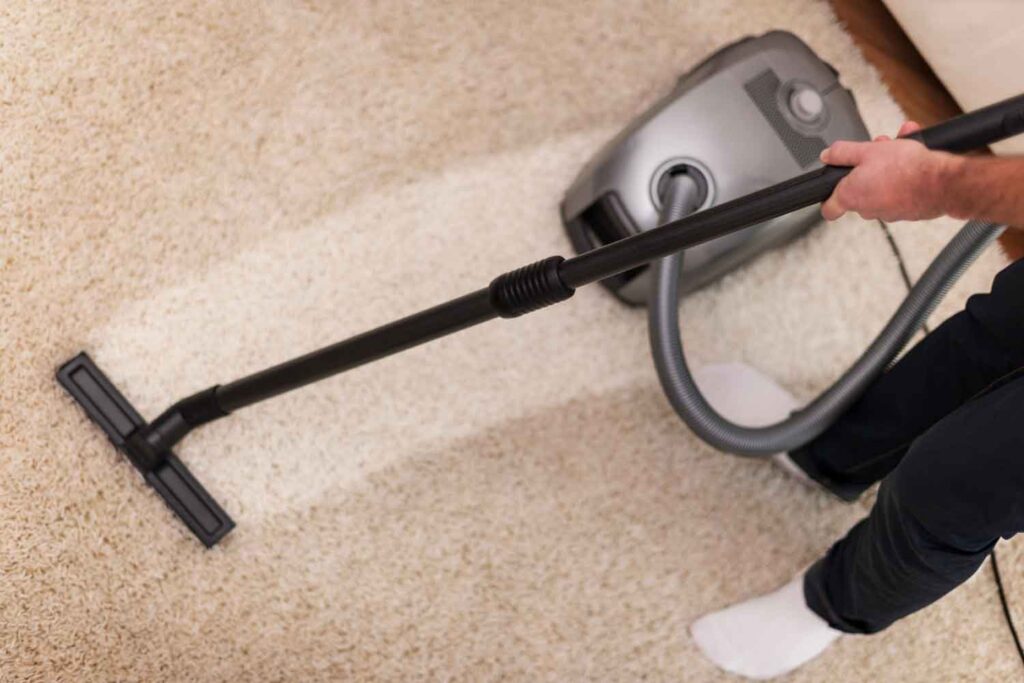
If the water damage is minimal, you can dry off and clean the carpet or flooring with proper cleaning supplies. But if your carpets or flooring have been saturated with water, removing and discarding them is essential.
Wet carpets and flooring can quickly become a breeding ground for molds as they can trap moisture for a long time. Also, they are difficult to dry thoroughly, so it’s better to replace them.
4. Dry The Wet Floor And Furniture

Mold thrives in damp environments and can spread rapidly. Thus, it is a must to thoroughly dry the floors, walls, or furniture that have been affected by water damage.
Open the windows and doors to improve air circulation and use fans to speed up drying. You can also use desiccant or silica gel packs to absorb excess moisture from chairs, cupboards, or beds. Consider using a space heater in colder weather to aid in drying.
5. Use A Dehumidifier
Residual moisture can linger in the air and within building materials even after the initial cleanup. Using a dehumidifier is the best way to ensure low humidity. It removes excess moisture, thereby inhibiting mold growth.
The optimal indoor humidity levels range between 30% and 50%. A dehumidifier helps you maintain this level, thus, inhibiting molds and fungus. Monitor and adjust the dehumidifier settings regularly to ensure a dry and mold-resistant environment.
6. Remove Damaged Items
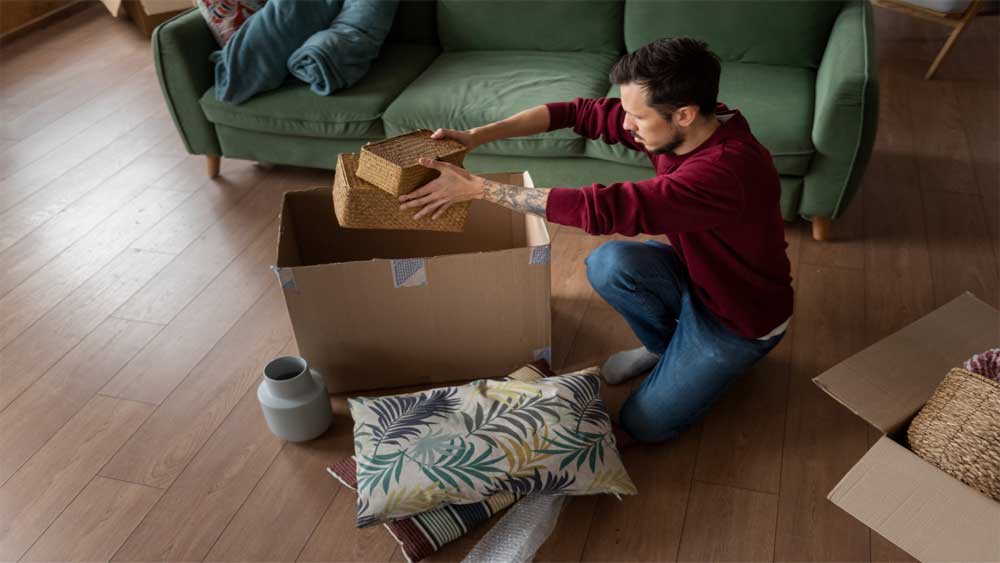
Any items severely damaged by water and beyond repair should be removed from the premises promptly. Wet and water-damaged items become the hub of molds as they retain moisture, increase humidity, and block drying.
Swiftly discard damaged items like soaked carpets, furniture, or porous materials like drywall. If you need to throw away any mold-infested object, wrap it in a 6-mm plastic, cover it in a garbage bag again, and dispose of it properly.
7. Disinfect The Surfaces
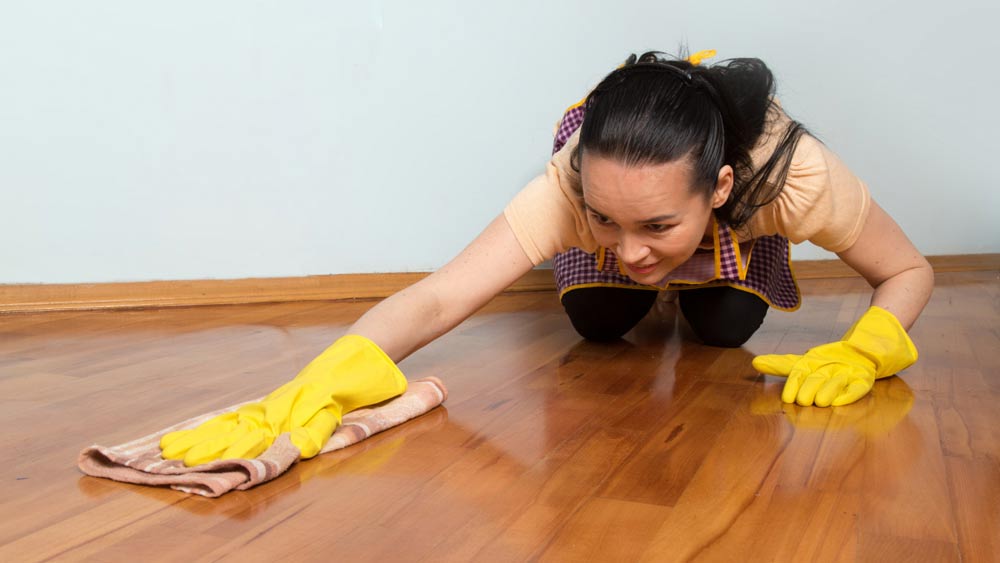
After drying off the area, disinfect the surfaces, like walls, floors, and ceilings, to kill mold spores and prevent new growth. You can mix a mild detergent or any specialized mold-cleaning solution to clean the moldy surface.
Use EPA-approved mold cleaning products for the safest mold removal. These products are best to kill all sorts of household molds and stop their growth. Make sure to sanitize all the exposed surfaces properly. Don’t forget the hidden corners, underside of pipelines, and corners of the windows and door frames.
Pro Tips:
- Wear protective gear when cleaning or dealing with moldy areas.
- Wear old clothes and shoes that you can throw away afterward.
- Also, use a mask, gloves, and goggles for proper protection.
8. Call Mold Remediation Experts
If the water damage and mold growth are extensive or challenging to handle by yourself, it’s best to seek help from mold remediation experts. Professionals have the experience, tools, and expertise to address the issue comprehensively and ensure proper mold removal.
EPA recommends following their guide on mold remediation if the moldy area exceeds 10 sq. ft. Ensure that the mold remediation professional also follows the given guide. How long does mold remediation take? Depending on the scale of water damage and mold growth, remediation can take anywhere between one day and several weeks.
How To Make Your Household Mold Free?
Though mold growth after water damage is not something you can always prevent, you can decrease the risk with some home maintenance and tips.
- Use Paint With Mildewcide: Mildewcide is a chemical that inhibits the growth of molds and mildews. Apply paint with mildewcide on walls and ceilings, especially in damp areas like bathrooms, attics, or basements.
- Install Humidity Sensors And Dehumidifiers: Humidity over 50% can increase the chance of mold growth. Use dehumidifiers to maintain low humidity and install sensors to keep a check on it.
- Prevent Plumbing Crises: Regularly inspect your plumbing system for leaks and fix any issues promptly to avoid mold growth.
- Clean Carpeting: Carpets with dust and dirt buildup can speed up mold growth. Thus, regularly clean and vacuum your carpets to prevent mold infestation.
- Install Mold-Resistant Drywall/ Foam Insulation: Mold-resistant drywall or foam insulation is usually moisture-resistant and can prevent mold from growing in the walls and ceilings. Click here to get in touch with a professional insulation contractor.
Summing It Up!
Preventing mold growth is essential for the integrity of your home and the people living in it. There are tons of ways you can prevent mold growth after water damage.
Ensure there is no standing water, dry the area thoroughly with fans and dehumidifiers, throw away the damaged items, and clean all the exposed surfaces to minimize moisture and mold growth.
Even after taking all the necessary steps, keep a close eye on your home later. Monitor for any signs of mold resurgence or water leaks and call for the experts if the situation gets out of hand.

news via inbox
Sign up and never miss out on the latest news and updates at HighStuff



